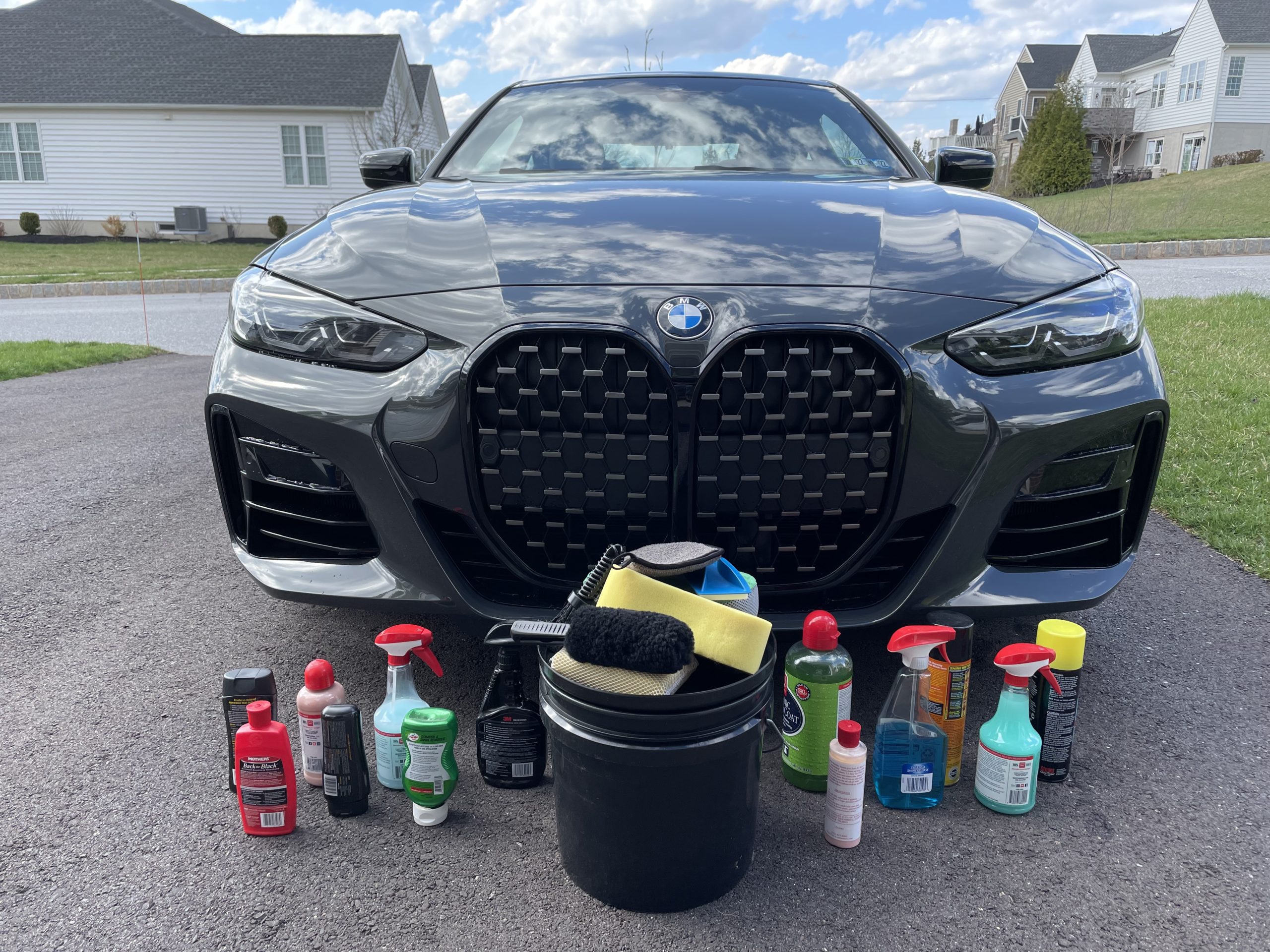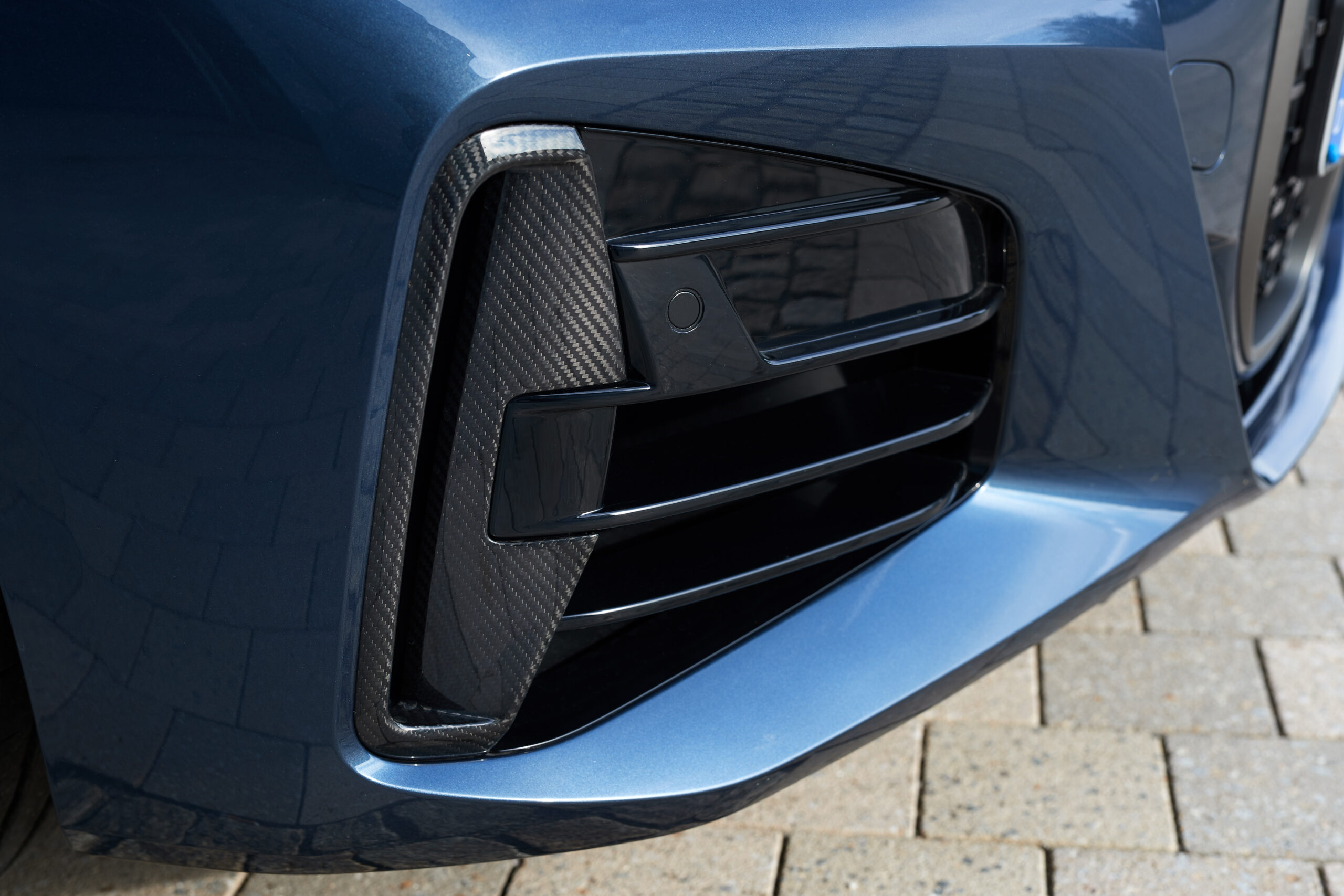Whether or not to use a ceramic coating product on your car is as polarizing a discussion with BMW enthusiasts as manual versus automatic transmissions. Heated debates and broken hearts aside, you are either suspicious of its merits and reluctant to make the investment, or you buy into the hype with your wallet wide open.
I used to believe in the promoted benefits of ceramic coating. Much of this I admit was due to what seemed like a sudden influx of marketing when the product was first introduced. You saw the same advertisements I did—the immediate beading of water while rinsing off caked on mud, the rubbing of keys on the diamond-hard surface, and so on. It all seemed too good to be true.
And I’m afraid it was.
I initially thought that ceramic coating would be the answer to my prayers. I had spent decades in the search of the perfect shine and protection for my cars. Now that the glitz and glamor has faded, I remain in this pursuit, but nothing has convinced me that the rather hefty investment is worthwhile in the end.
And frankly, I’m tired—physically and emotionally.

I’ve researched and tested waxes, polymers, sealants, and even paint-protection film—quickly dismissing the latter because I found that even the best of film products adversely affects the reflective property of the finish (although some colors do better than others).
But returning to the topic at hand, what do I expect to accomplish? If you want to protect your paint from stone chips and track rash, you don’t want to rely on ceramic coating. While it won’t protect your paint surface from flying fragments of asphalt and other road and track debris, I’ve been told a quality product does an effective job with a long-lasting shine that outdoes any wax or polymer. I was excited by the prospects of spending less time on my car, and making it easier to keep it clean—a rather expensive way to accomplish this, nonetheless.
And I once had a bad experience with ceramic coating on a new car.
I was offered the service as an incentive for me to sign a contract on the last day of the sales month. It was therefore free, but so are the pamphlets and snacks in the showroom. I waited an extra week for the process to be completed, and when I got home and parked in the driveway, an admiring neighbor pointed out three rather large water marks on the hood that had been coated over. It took another three days back at the detail center to fix their mistake.
My expectations were also idealistic. I expected ceramic coating to be bullet-proof, and that hosing down the car after a weekend excursion would bring my dark black paint to life. It did not. Disappointed and humbled, I shook it off as a lesson learned. Luckily, I reasoned that I hadn’t shelled out the coin.

Returning to my detail routine that has been fine-tuned over its long life, things went back to relative normalcy. But on my last visit to my favorite detail shop, I fell into conversation with the manager, Wayne, about my bad experience versus their services. He was at least sympathetic—and not at all surprised.
Ceramic coating itself is silicon-dioxide (SiO2)-based. Silicon is one of the most common minerals on Earth, the foundation of glass products and the reason a ceramic-coated paint has such a deep and reflective shine. It is super-hard, but extraordinarily thin, so it has limited protective properties, and is certainly not intended to deflect a shopping cart.
He explained that there are essentially two ingredients to a satisfactory ceramic coating: a truly professional application, and a reasonable expectation. An expert installation relies on a super-clean surface. A brand-new car, for instance, would still need to be cleaned and thoroughly paint-corrected.
Once the paint has been prepared and is void of grime, chemicals, and impurities and is 100% dry, the ceramic product can be applied. This is definitely not for the do-it-yourselfer; training and certifications are required by any reputable manufacturer, and the facility itself must have impeccable standards for cleanliness, temperature, and lighting.

The conversation ended without a commitment from me, because I’m excruciatingly cautious once I’ve been burned—that and I’m really not sure that I’m a candidate in the first place; I will likely trade my car in when the warranty runs out in less than two years. On the other hand, ceramic coatings can help to keep your ride clean, and I definitely want that.
The expense can run between $1,000 and $2,000, depending on a host of criteria. It is in no way a cheap alternative to a detail—unless I consider how much I spend on detailing every year. Assuming that ceramic coating lasts at least a year, I could reduce what I spend on products and services, making the price at least palatable.
Bringing me back to the primary question, am I looking for a deep and beautiful shine that can be revived with a quick car wash, or am I hoping to win a concours d’elegance? Because the investment is not nothing, and I can’t really justify the expense for both of our cars.

Reasonable expectations? I don’t mind maintaining my car between detailing, but it sure would be nice not to spend all the time and money in the pursuit of perfection. And if a power wash can limp me to the next cleaning, all the better. I’ve been a longtime customer of my current detailer, and I trust their work. But is it worth it to me in the long run?
I’d hate to spend serious money on a service that may disappoint me again. But I also remain intrigued; the thought of reducing my perpetual detailing efforts is definitely appealing. But the relative cost (especially for two cars) keeps me in limbo, so I remain on the fence until someone convinces me that I should throw caution to the wind and take the plunge. What do you think?—David Newton
[Photos courtesy of David Newton and BMW.]





















